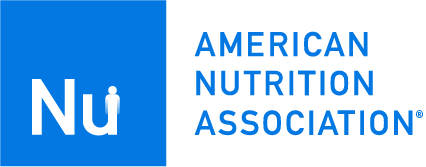Ways to Prepare for the Exam
The Certification Examination for Nutrition Specialists℠ is designed to test the knowledge and skills acquired by those who have successfully completed both the academic and experiential criteria of the CNS. While those who have not yet completed the CNS supervised practice experience may be approved to sit for the examination, historically, those with experience perform better than those without.
The examination contains 200 multiple-choice, single answer questions, and covers a broad spectrum of basic and applied nutritional science, based on an explicit set of competencies. These competencies have been determined through a job analysis study conducted on practitioners. They are grouped into domains, subdomains and tasks, which together form the Examination Content Outline for the examination.
The Examination Content Outline is the key tool for preparing for the examination. It should be used to identify areas of strengths and weaknesses. Due to the breath of topics covered, it is likely most candidates will require preparation in one or more content areas.
While we cannot endorse or recommend any courses, candidates have recommended:
While we suggest various ways to prepare for the exam, we cannot recommend one over the others.
Test Taking Tips & Strategies is recommended for candidates to learn or review strategies on taking a multiple-choice exam.
The method used by the BCNS to determine the passing score for the examination is known as the Angoff technique, and is in accordance with the standards set by the National Commission for Certifying Agencies (NCCA), which has fully accredited the CNS certifying program. The Angoff technique requires the Examination Development Council’s analysis on an item-by-item basis. If an item is considered by the council to be more difficult, the expectation of candidate performance is lower than if an item is considered by the council to be less difficult. These council judgments of item difficulty are expressed as numeric performance indices. The pass-fail cut score reflects these item performance indices, and is expressed as a percentage equivalent.
For each examination, the pass-fail cut score will vary somewhat based on that exam’s difficulty level, but the cut scores are equated such that an equivalence of difficulty is maintained. Historically, cut scores have ranged between 60 and 69%. This historic range represents outcomes to date, but should not be considered policy; it is possible for a future cut score to fall outside of this range.
The Eight Examination Domains
I. Fundamental Principles of Nutrition
II. Nutritional Biochemistry
III. Nutrients and Human Health
IV. Nutrition Assessment
V. Clinical Intervention and Monitoring
VI. Medical Nutrition Therapy
VII. Public Health
VIII. Practice Management
BCNS neither recommends nor endorses any particular education or training from the ANA or any other organization for purposes of preparation for the CNS certification process.
